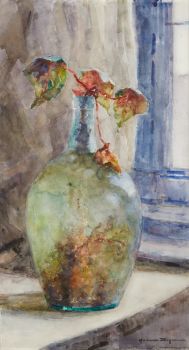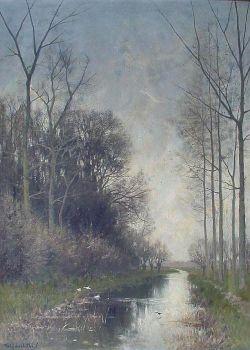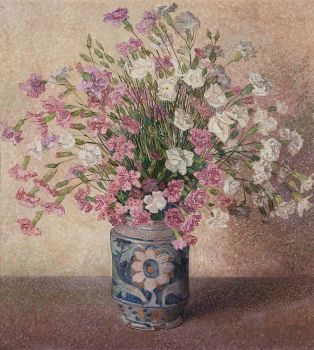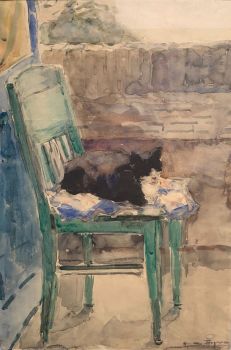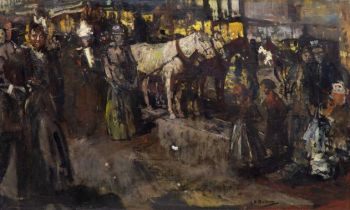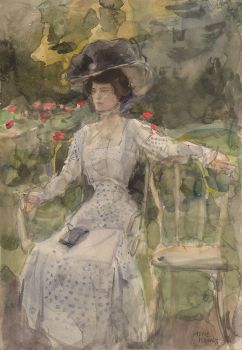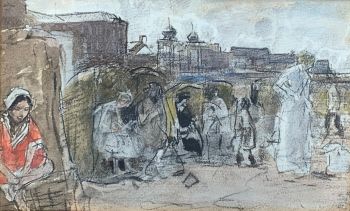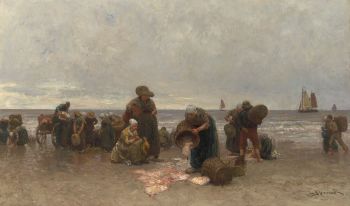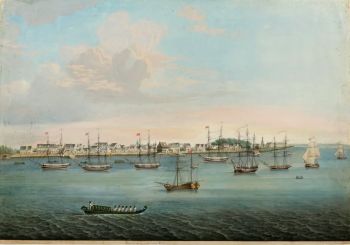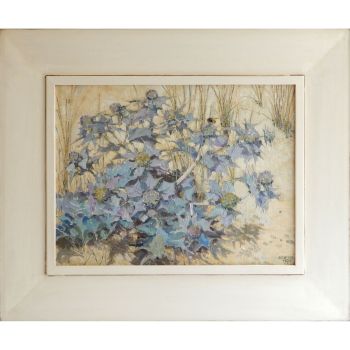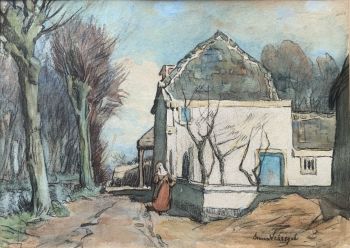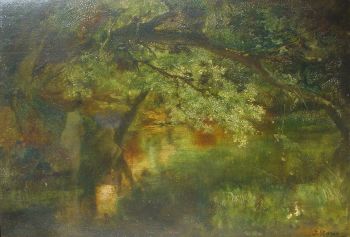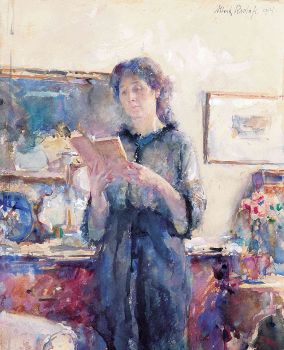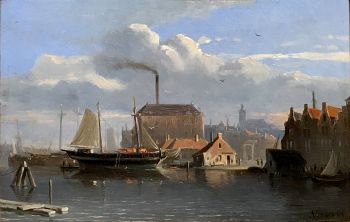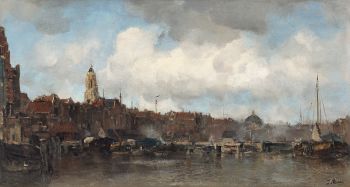De Ploeg was a Dutch art movement that emerged in Groningen in 1918. The movement was characterized by its emphasis on expressionism, and its members sought to break free from the traditional academic style of painting that was dominant in the Netherlands at the time.
De Ploeg was founded by a group of artists who were dissatisfied with the conservative artistic climate in Groningen. The name "De Ploeg" means "the plow," and was chosen to symbolize the group's mission to break new ground in art.
One of the key figures of De Ploeg was Jan Wiegers. Wiegers had spent time in Germany, where he had been exposed to the expressionist style of painting. He introduced this style to the other members of De Ploeg, and it became a defining feature of the movement.
De Ploeg's members were known for their bold use of color and their loose, gestural brushwork. They often painted landscapes and cityscapes, but transformed them into vibrant, expressive works of art.
De Ploeg also had a significant impact on the development of modern art in the Netherlands. The movement's emphasis on expressionism paved the way for later art movements such as CoBrA and the Amsterdam School. The group also organized exhibitions and events, which helped to promote modern art in the Netherlands.
In conclusion, De Ploeg was a pioneering Dutch art movement that emphasized expressionism and a break from traditional academic styles. The movement's members were known for their bold use of color and loose brushwork, and they had a significant impact on the development of modern art in the Netherlands.
De Ploeg's legacy continues to inspire artists today, and its members are remembered as trailblazers who helped to transform the Dutch art scene.


